Mapping the Mid-Century Murders and Gritty Life of New York
In the gritty, sleepless streets of mid-century New York, Weegee photographed the cars crumpled like accordions, bodies dripping blood encircled by gawkers, and night cops hunched over the latest crime scene.
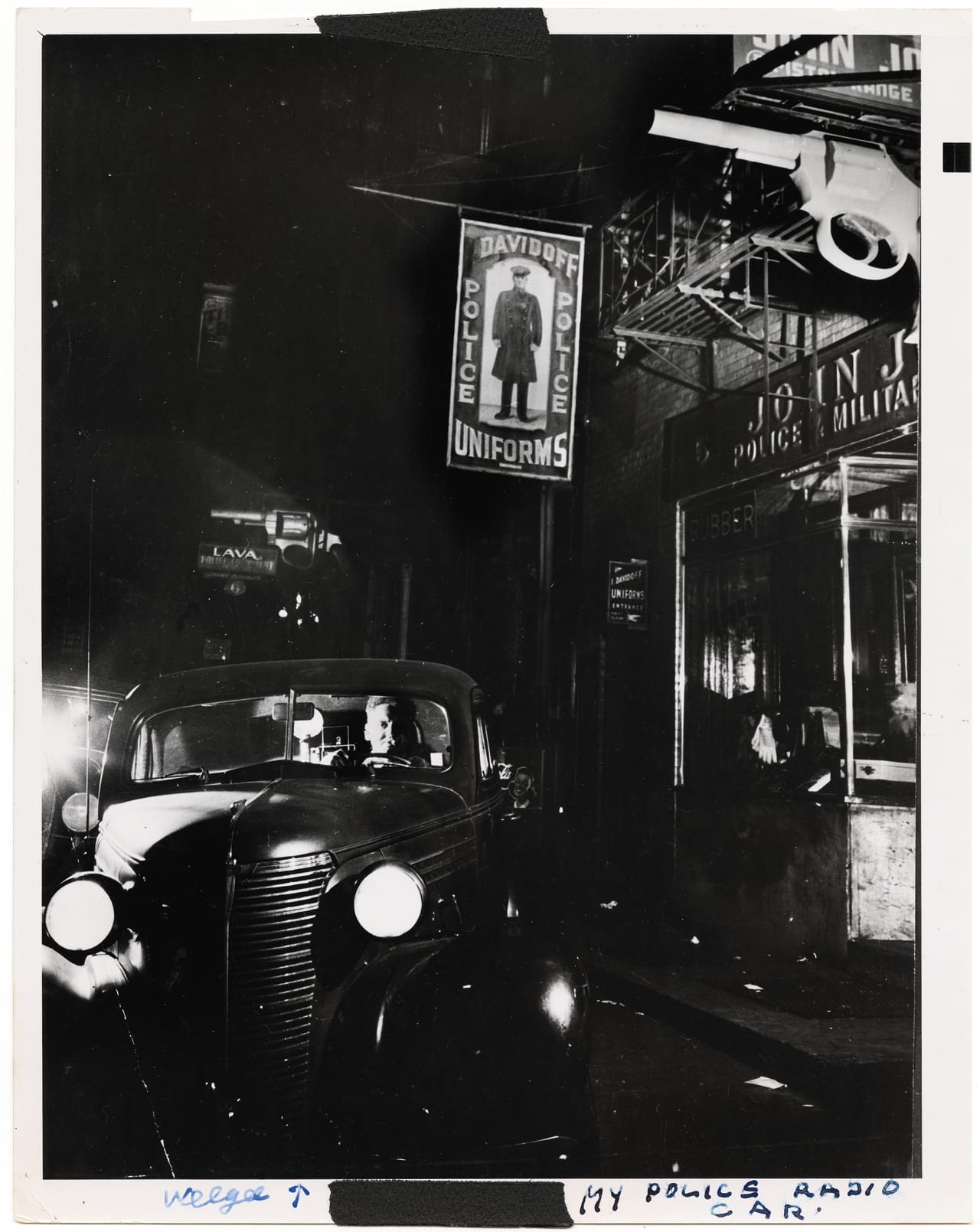
In the gritty, sleepless streets of mid-century New York, Weegee photographed the cars crumpled like accordions, bodies dripping blood encircled by gawkers, and night cops hunched over the latest crime scene. While those lurid shots made him famous, he also took thousands of photographs of urban life in a city that’s often hard to recognize in today’s gentrification and development. The Weegee Guide to New York, released last month by Prestel, maps over 250 images from the International Center of Photography (ICP) as a lens back into this black and white world.
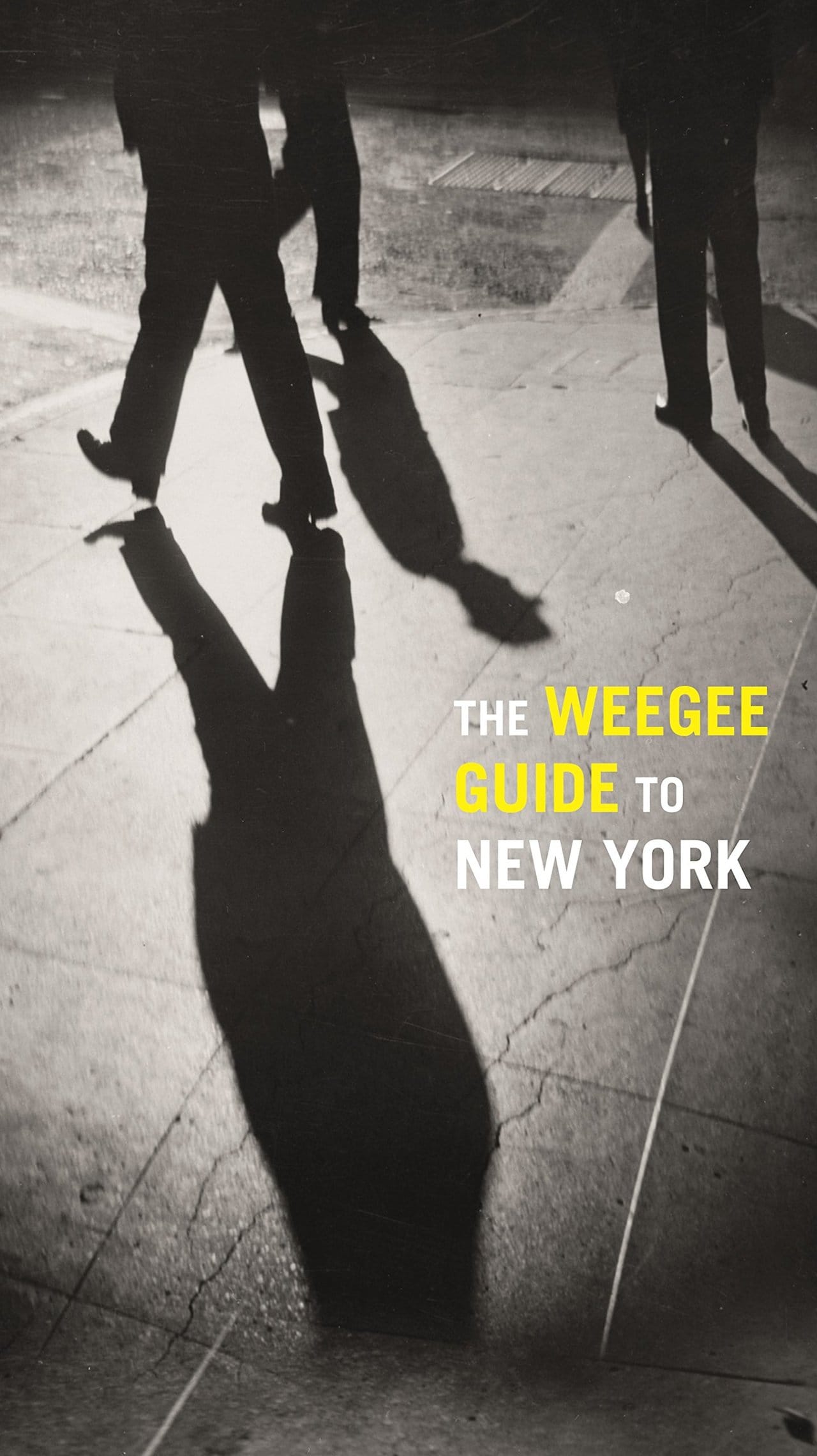
ICP’s Weegee archive has over 20,000 items, and many of the images in The Weegee Guide to New York have never been published before. Fold-out street maps both contemporary and of the 1940s-era locate the photographs on 11 neighborhoods, with symbols handily plotting attempted suicides, police actions, vehicular calamities, hit-and-runs, and other sordid themes. Researched and compiled by Philomena Mariani and Christopher George, the book mainly centers on Manhattan with a scattering of photographs of Brooklyn. While Weegee did journey to the other boroughs in the 1930s to the ’60s, loving the surreal spectacles of Coney Island especially, his main stomping grounds were in the rotten core of the Big Apple. Born Usher Fellig in Austria, Weegee immigrated as a kid in 1909 to the Lower East Side. As an adult with a one-room studio across from police headquarters on Centre Market Place, he still felt at home in the melting pot communities.
“Weegee reveled in disorder, and his New York is an anarchic place in which anything might go haywire at any moment,” Mariani and George write in an introduction. “He captured the city as an enormous public space, its inhabitants navigating through street chaos without the protective shield of mobile devices and earphones.”
Their selected photographs focus on the built environment of New York, so you could in theory walk (or type in an address on Google Maps) and compare the contemporary view with the past. Neon signs glint off rain-slicked pavement and glow like the New York of noir fiction, while others show Weegee’s brazen eye for the absurd chaos, such as a marquee for “Joy of Living” on a theater while a man killed in a crash rests under a pile of newspapers, or the curious heads of giraffes looking over their caretakers in Madison Square Garden. The book is partly a follow-up to ICP’s 2012 exhibition Weegee: Murder Is My Business, and it’s exciting to see the museum’s archive of his work used as a tool of visual navigation. His photographs show a very particular, narrow view of one man drawn to the darkest corners of the city, but through his vision we still get a wide view of another era and glimpses of its life. Some even show production on the 1948 The Naked City, which was inspired by his work, and it’s easy to imagine the final line of that film as a caption to each photograph: “There are eight million stories in the naked city. This has been one of them.”






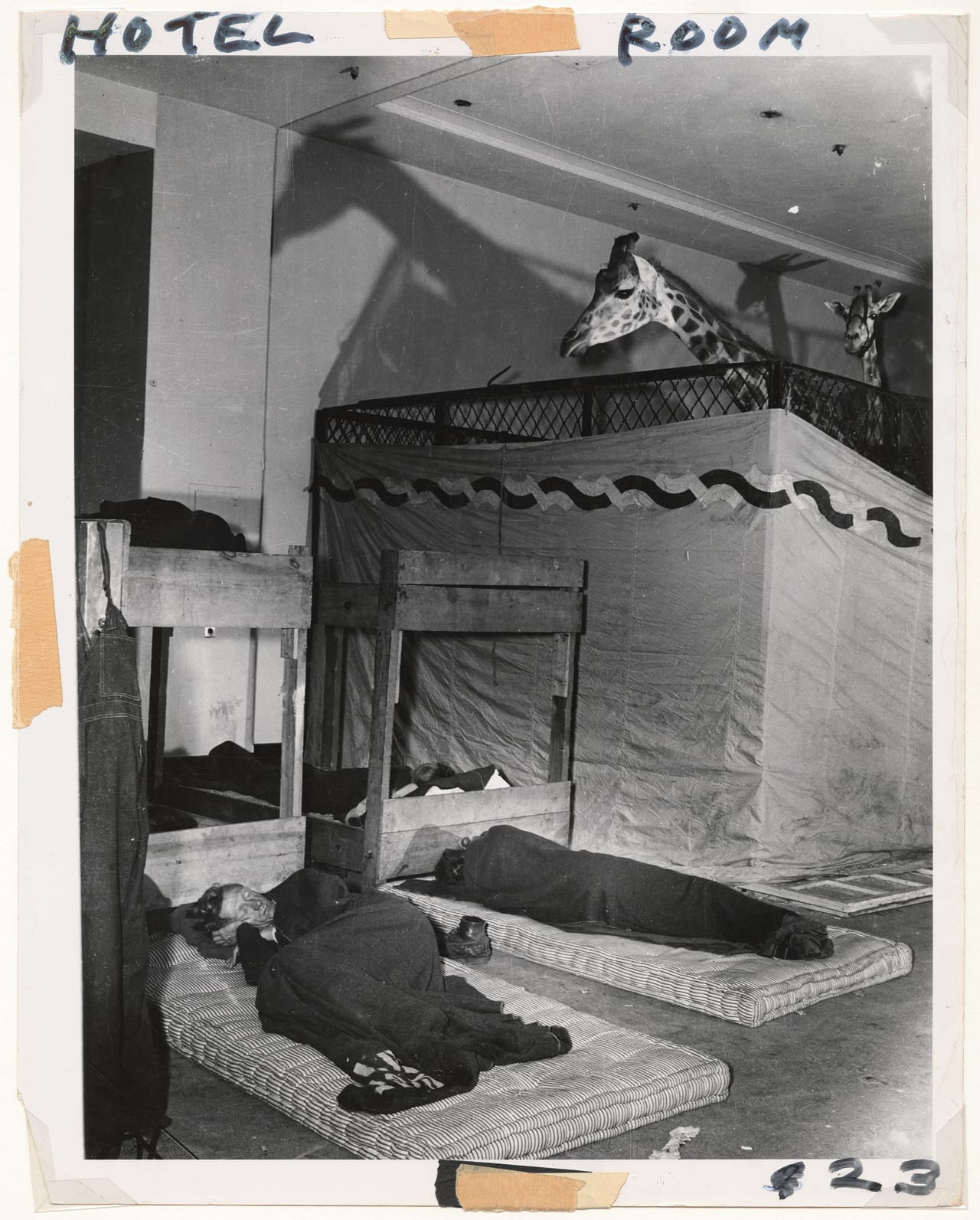
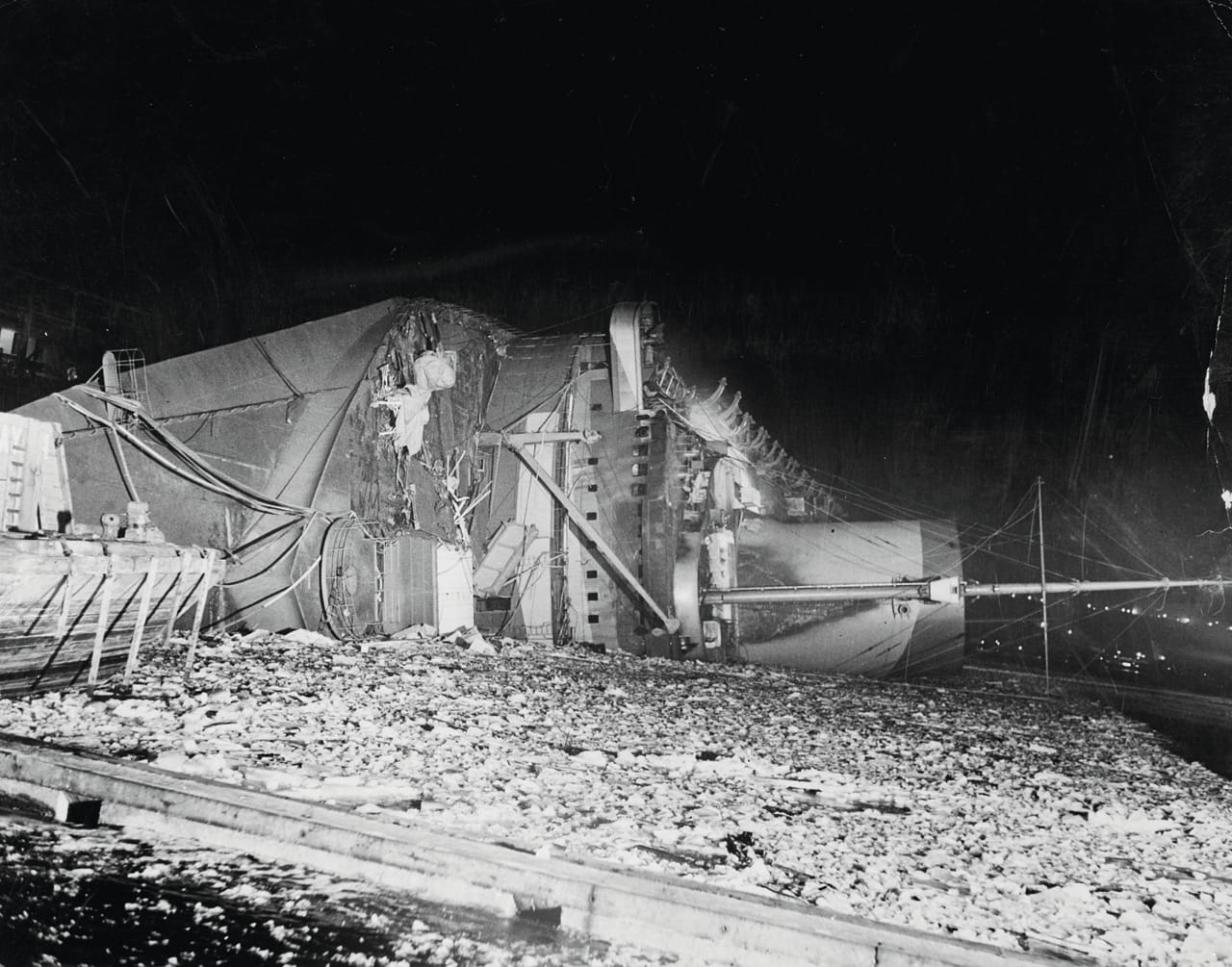


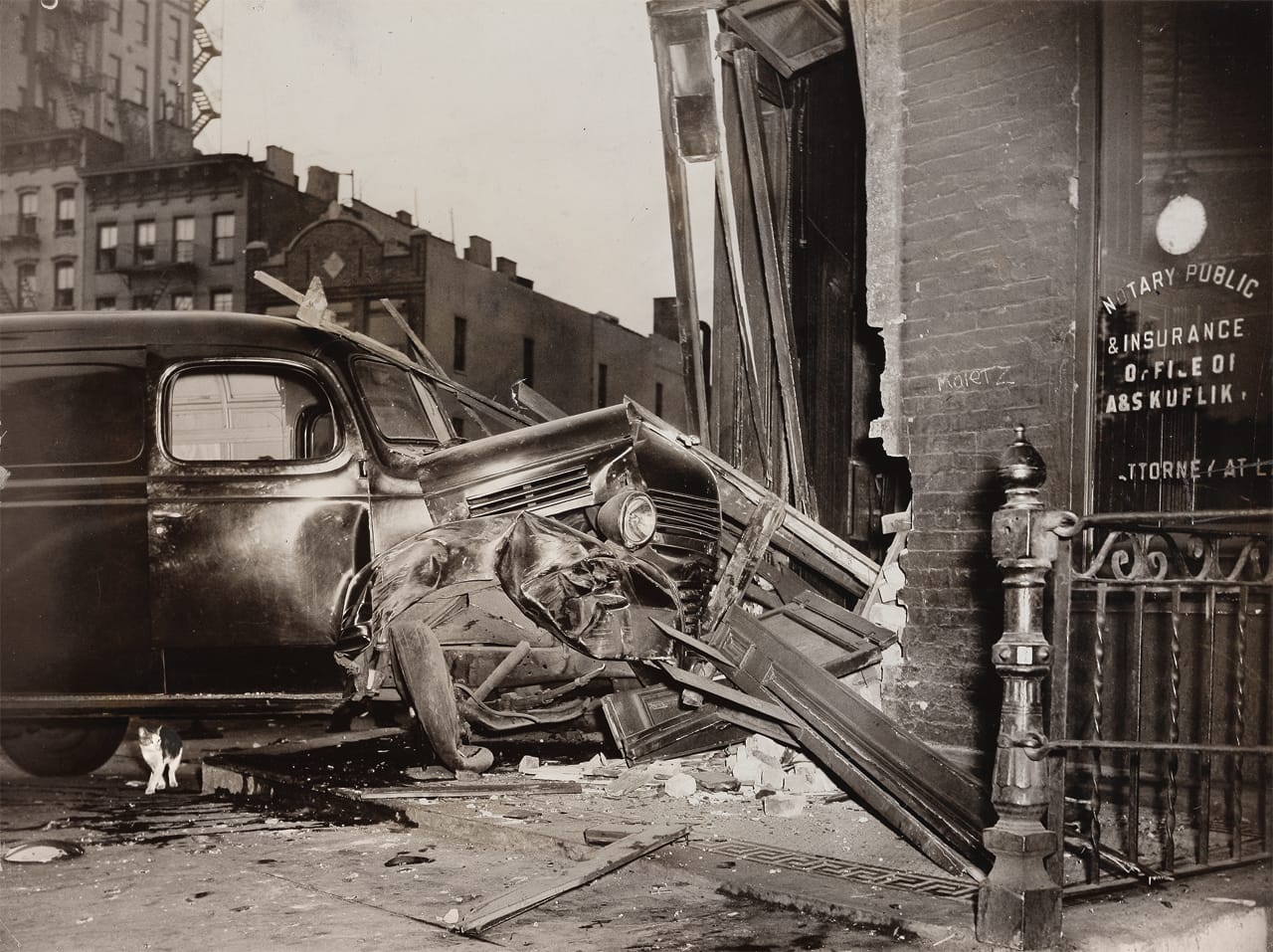
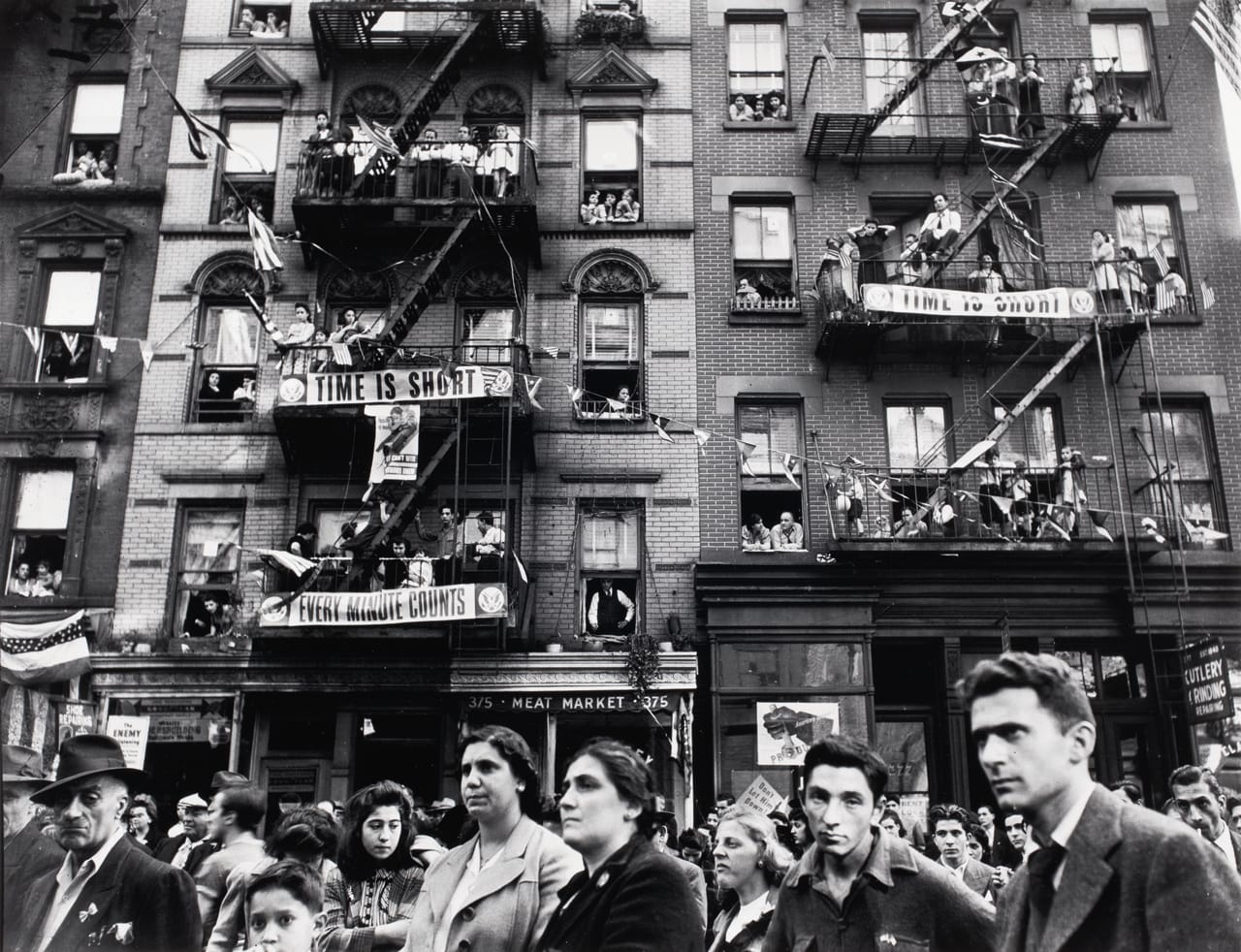
The Weegee Guide to New York is available from Prestel.





